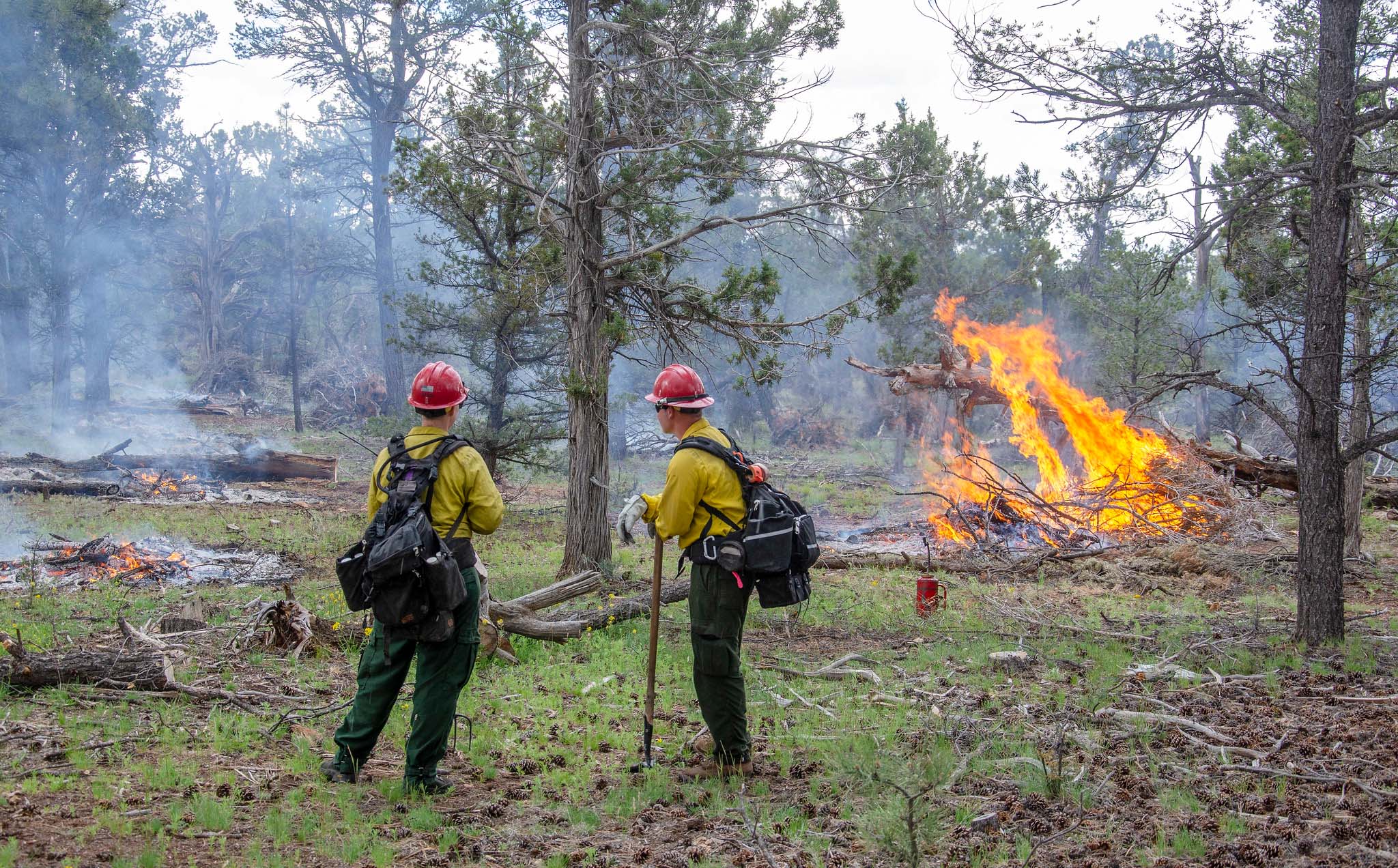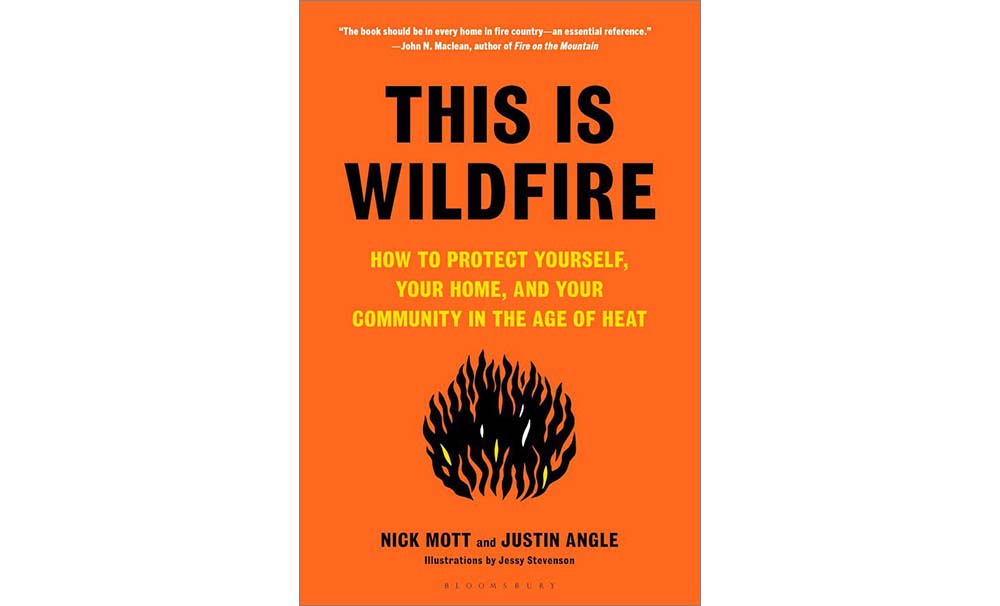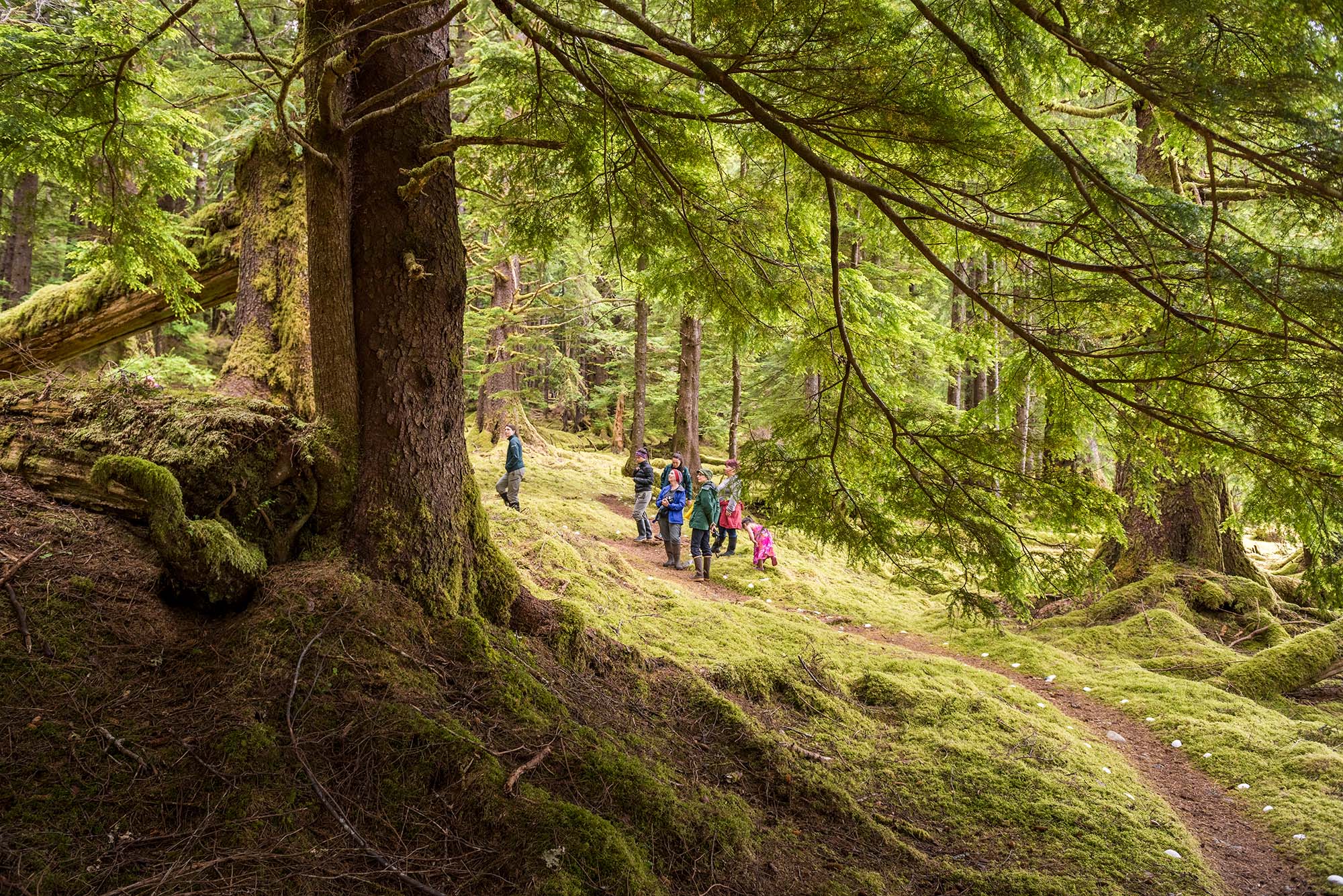Indigenous forest management: a culture of burning
European settlers to North America marvelled at its landscapes – then banned the traditional practices that created them. Now, it's time to bring them back.

Editor’s note: While the following text refers to the United States, much of the information within is just as relevant to Canada and to other countries where colonization forcibly disrupted Indigenous peoples’ existing relationships with nature.
Human hands have altered forests for millennia.
Before the country was colonized, Indigenous people used fire to promote growth and reduce pests and for harvesting food. They used it for war and signals; to clear ground for hunting, gathering and travel; for materials with which to make baskets; for spiritual and religious purposes. Tribes all over the country had a deep and sophisticated relationship with the landscape. That relationship neither started nor ended with fire. Fire was one process among many that informed soil health, hydrology, wild game and biodiversity dynamics, fungi and more.
The fires intentionally started to groom the natural world weren’t isolated. They shaped broad sections of the continent. Studies in the northern Great Plains, the Pacific Northwest, the redwood forests of Northern California, the oak and chestnut forests of the Appalachians, ponderosa pine in the Rockies, the tall-grass prairie of the Great Plains, the soaring plateaus of Utah and the Jemez Mountains farther south – and many more areas – all show the ecological impact of Indigenous burning before white settlement.
This practice, known as Indigenous burning or “cultural burning,” continued until white settlers had colonized the West. Those settlers saw fire as an enemy – not as a friend, a tool or even a “gift,” as had the people living on the land before them. Fire had shaped the landscape that those settlers gaped at in awe: the forests and plains, the mountains and valleys. “It’s ironic that the landscapes so appreciated by the early explorers and colonists actually were created by the very fires they feared and disliked,” says the ethnobotanist Nancy Turner.
Germaine White, a member of the Confederated Salish and Kootenai Tribes (CSKT), spent decades working for the tribes in cultural preservation. She began to understand the historical role of wildfire on her tribe’s land when working on a project about the traditional names of places. She realized that the natural attributes of many landscapes – with names like “Big Meadows” – had grown out of sync with the natural world. Meadows and forests had filled in and grown clogged. Much of the traditional knowledge of specific sites was dislocated from their present state. And much of that dislocation was thanks to the exclusion of fire.

White’s study of the traditional knowledge of her tribe led her to fire – and then to the intentional effort to suppress and erase that knowledge. In a newspaper account she found from the Missoula Pioneer in 1875, for example, she read that a group of Pend d’Oreille people encountered “officers of the international line” near the Canadian border while they were hunting. The group was setting fire to the prairie grass to maintain an ash layer that would make up a fertile seed bed for the next year. Two of them were shot and killed by the officers for setting fire. “A pretty powerful disincentive to continue your culture where you’re shot and killed,” White says.
The U.S. government’s war on fire grew entangled with its war on Native culture and peoples. The murder of tribal members by government officers is one example of how that war was waged. As the U.S. government forced Indigenous people off their land and systematically slaughtered bison – on which many tribes depended for food and economy – it began a legal, educational and frankly militaristic campaign to erase fire from the landscape. In 1850, in what would become California, a law known as the Act for the Government and Protection of Indians made intentionally setting fires illegal. In Karuk Ancestral Territory, on what today is the Klamath National Forest, one district ranger suggested leveraging the trust a well-known missionary had garnered in local communities to discourage the use of fire. She would travel up and down the river, the ranger said, talking to families. “This woman can do more in one season towards causing the Indians to adopt our theories in regards to fire than we can do in five.” The terms often turned violent too. Elsewhere on Karuk land, a different district ranger wrote about the “Indian incendiary problem,” which he understood in the racist thinking of the time as the result of “the drunken Indian.” He contemplated the best punishment for setting fires. “One sheriff says a rubber hose filled with buckshot is perhaps the best,” he wrote.
The elimination of fire was bound up with efforts to “Kill the Indian, and save the man,” as one U.S. Army officer, Richard Pratt, put it. Pratt helped found the first off-reservation boarding schools, in which Indigenous children were forcibly assimilated into white culture. As the federal government coerced Native children from their homes, it also stripped away the size of reservation land through legislation known as the General Allotment Act. This act essentially subdivided reservation land. Instead of communal territory, it allotted acreage to individuals and families. Then, if the amount of reservation land was higher than the amount of land given to tribal members, the federal government purchased that surplus and sold it off to non-Indian individuals and companies. In this way, tribes across the country lost about 90 million acres of reservation land between 1887 and 1934. The federal government and the timber industry tried to make sure the same bottom line dominated in forests, whether on tribal or federal land: the more logs, the better. On the Flathead Reservation in Montana, nearly half a billion board feet of timber were removed between 1917 and 1928. Some of those ponderosas were so old and enormous that individual trunks filled entire railroad cars. Indigenous cultural elimination and white assimilation were all tied up together. Eliminating the use of fire was one way among many that traditional knowledge was severed from its practitioners.

By the 21st century, a great deal of traditional knowledge around fire had been lost. But it wasn’t gone forever. Tribes across the country are bringing back cultural burning – not an easy mission. “It’s like walking out of the room, turning the light switch off, coming back two hundred years later and expecting to find everything working when you flip the light switch back on,” White says. Some tribes, like the CSKT, have taken forest management of their land away from the federal Bureau of Indian Affairs and into their own hands. In the case of her tribe, the new forest plan sought to replace timber production as the driving force on the land. Instead, they’d try to manage for pre-European forest conditions, reverse the impacts of fire exclusion and seek a balance between the human and ecological needs of the landscape.
White says tribes are now finally being included in conversations about forest management. In a 2010 workshop with seven tribal elders and about 20 scientists and resource managers, both Native and non-Native, elders noted that their grandfathers had complained “that it was ridiculous for white people to stop Indian burning and to suppress natural fires.” They also described an irony of what’s at play today: white colonists put a stop to their burning, and now, white people are coming to them to ask what can be done and how to restore the landscape. Participants in that workshop also noted that sharing tribal knowledge is sensitive. Even the concept of forest management, for example, is anthropocentric and posits that humans are separate from nature – a viewpoint foreign to tribal knowledge-holders. At the workshop, participants noted that the Forest Service still has an attitude of arrogance much of the time, that the agency knows best. One 81-year-old elder spoke of a “simple prescription” that could help make progress between the Forest Service and tribes: open communication, education, respect and friendliness.

Across the country, tribal members of Miwuk, Karuk, Hoopa, Yurok, Salish, Ojibwe, Washoe, Amah Mutsun, Pueblo, Alabama-Coushatta and Lakota descent – and others – are all bringing fire back to the landscape. Prescribed fire trainings and exchanges, like the Nature Conservancy’s Indigenous Peoples Burning Network, are also helping transmit and amplify this knowledge. Fire brings back more than the historical landscape. It helps rejuvenate a relationship with fire that had stagnated for decades.
“It’s easy to understand that when people arrived on this landscape, that it was a landscape that was shaped and maintained by fire and that it was exquisitely beautiful,” White says. “It’s easy to understand that traditional knowledge of fire should be integrated into fire management practices today, but, man, that’s hard to achieve.”
In 2021, the Karuk Tribe in California released a landmark assessment called the “Good Fire Report.” It opens with sobering numbers:
In 2020, over four percent of California burned in wildfire. Over 30 people lost their lives in the fires; experts estimate an additional 3,000 premature deaths may have resulted from wildfire smoke. Property damage is expected to top $10 billion. And greenhouse gas emissions from the fires wiped out all of California’s efforts to curtail such pollution.
The solution, the Karuk say, is more fire – and fast. Key to making it happen is honouring tribal sovereignty to help tribes restore burning on their land. Fire is a part of life, the report says. Respecting and using it has been handed down as a responsibility, to keep the land healthy for generations to come. It offers a number of policy solutions to help reformulate California’s – and the nation’s – attitude toward fire. “The time for bold action is now,” it concludes.
From This is Wildfire: How to Protect Yourself, Your Home, and Your Community in the Age of Heat by Justin Angle and Nick Mott, with illustrations by Jessy Stevenson, out now from Bloomsbury Publishing. Copyright © 2023 by Justin Angle and Nick Mott. Illustrations Copyright © 2023 Jessy Stevenson. All rights reserved.













Comments ()